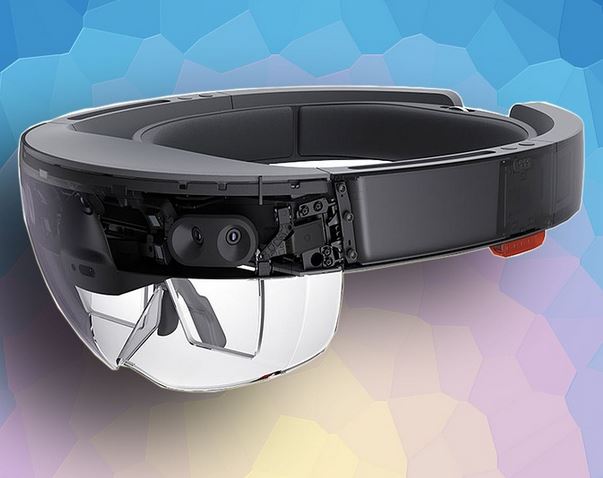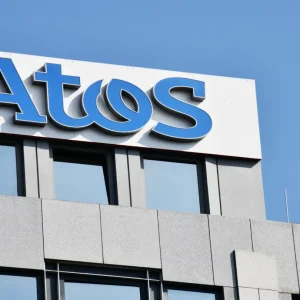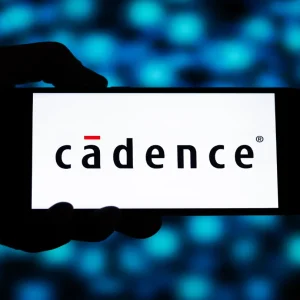
Artificial intelligence continues to captivate the leading names in tech with Microsoft being the latest to get to work on the creation of a new AI chip for HoloLens, joining the likes of Apple and Google in the arena.
Microsoft intends to apply the capabilities of this new chip to a second iteration of the HoloLens, looking to take the headset into the next generation category.
While this use case is driving the development of the new AI chip, Microsoft has broader plans to potentially use it with other devices in its range of offerings, according to CNBC

Speaking to the news outlet in a television interview, Panos Panay, corporate vice president of devices at Microsoft, said: “We have to continue to find those pieces of silicon, those chipsets that have to be developed to bring sensors to life, to connect people with each other and with their products.”
AI chip technology is drawing a great deal of attention, with other recent work including a self-driving AI chip project from Tesla and Advanced Micro Services.
“I think one of the most important things that we do in Surface and in our chip development is… the opportunity to make sure we get the technology created within Surface and then proliferate it with our partners and give everybody the opportunity to use it,” Panos said.
– TransferWise set to gallop deeper into unicorn territory
– Biggest global banks and R3 create blockchain payments platform
– IoT crisis looms as 66% of UK consumers fear hackers
Microsoft may be onto a winner by working on a new version of the HoloLens, with Apple CEO, Tim Cook, recently expressing great interest in augmented reality technology. Cook believes that AR will enhance the human experience, as opposed to the isolating effect that he believes limits virtual reality technology.
The tech giant set its interest in AI development in stone at the Microsoft Ignite event this year, and principally its role in creating what it calls “mixed reality”. Microsoft also intends to bring cloud into the mix to create cutting edge visualisation capabilities.






